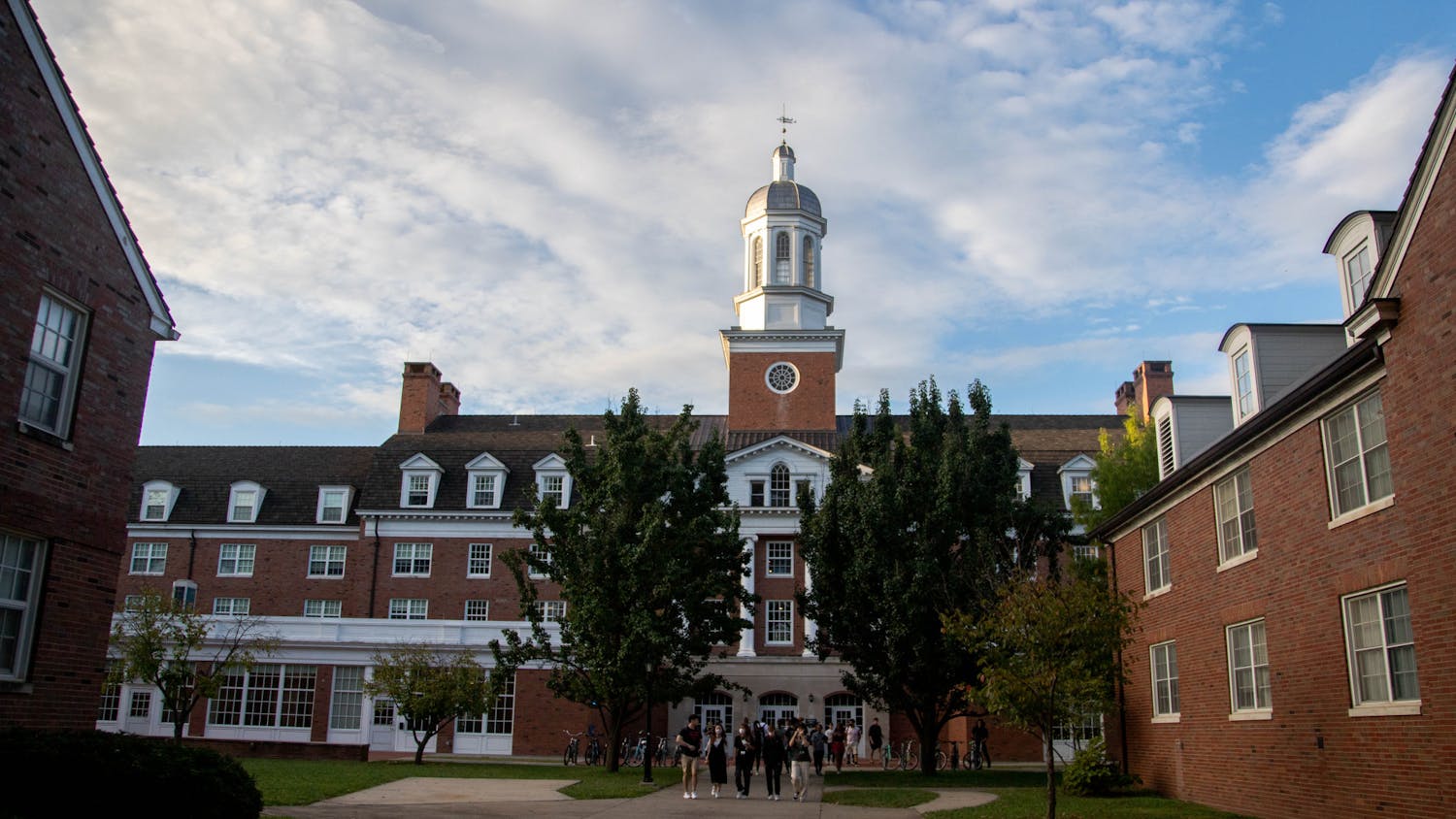As Finals Week approaches, adequate study spaces on campus at Ohio University will be increasingly utilized by students.
Study spaces are public spaces for students to meet with peers in a distraction-free environment to complete homework and out-of-class assignments. Across OU’s Athens Campus, there are many study locations including the Academic Research Center, Baker University Center, Patton Hall, Schoonover Center, Ellis Hall and Alden Library.
The Study Space Task Force locates study spaces on campus and makes recommendations to the university to improve the quality of such spaces for students, said Kelly Broughton, assistant dean for research and education services at university libraries.
On Oct. 26, OU announced that it was launching a Study Space Locator, a mapping tool designed to help students locate study spaces on campus.
“Additionally, steps toward increasing inclusivity and belonging in study spaces should be layered into further iterations of the locator and will be informed by a research project being undertaken this semester which is investigating student experiences in study spaces on the Athens Campus,” Broughton wrote in an email.
Lauren Slanker, a senior studying psychology, is Broughton’s research assistant for the study space task force and said they are currently planning on improving recognition of study spaces.
Audrianna Imka, a freshman studying psychology and special education, used study spaces located at Alden Library and said it was a positive and productive experience. She said she was free of distractions and could complete her work.
“I was definitely more productive than I would have been in my dorm room because of the change of scenery,” said Imka. “A positive factor of using the study rooms is that you can meet with peers and talk to them about assignments in a productive space without disturbing anyone else.”
Slanker said the tool is helpful for students who want to see what is available in each space before they commit to studying there. Some spaces are quiet, while others have whiteboards and outlets for students to use, she said. The tool also allows students to view the space’s furniture, lighting options and reservation information.
“We definitely plan to expand on more locations around campus, and we have also added some outdoor spaces to our tool,” Slanker wrote in an email.
Each study space is maintained by the college or university unit that oversees the building in which they are located. However, improvements to those study spaces are planned by the University Planning Office, Broughton said.
“While laboratories and studios are typically introduced to students through their program requirements, students must rely on word of mouth and serendipitous discovery for much of their study space navigation. The ability to achieve academic success is dependent on equitable accessibility to learning resources including study spaces,” Broughton wrote in an email.
The task force is presenting at the Graduate Student Senate meeting in January 2023 to raise awareness of the study space locator among students.






